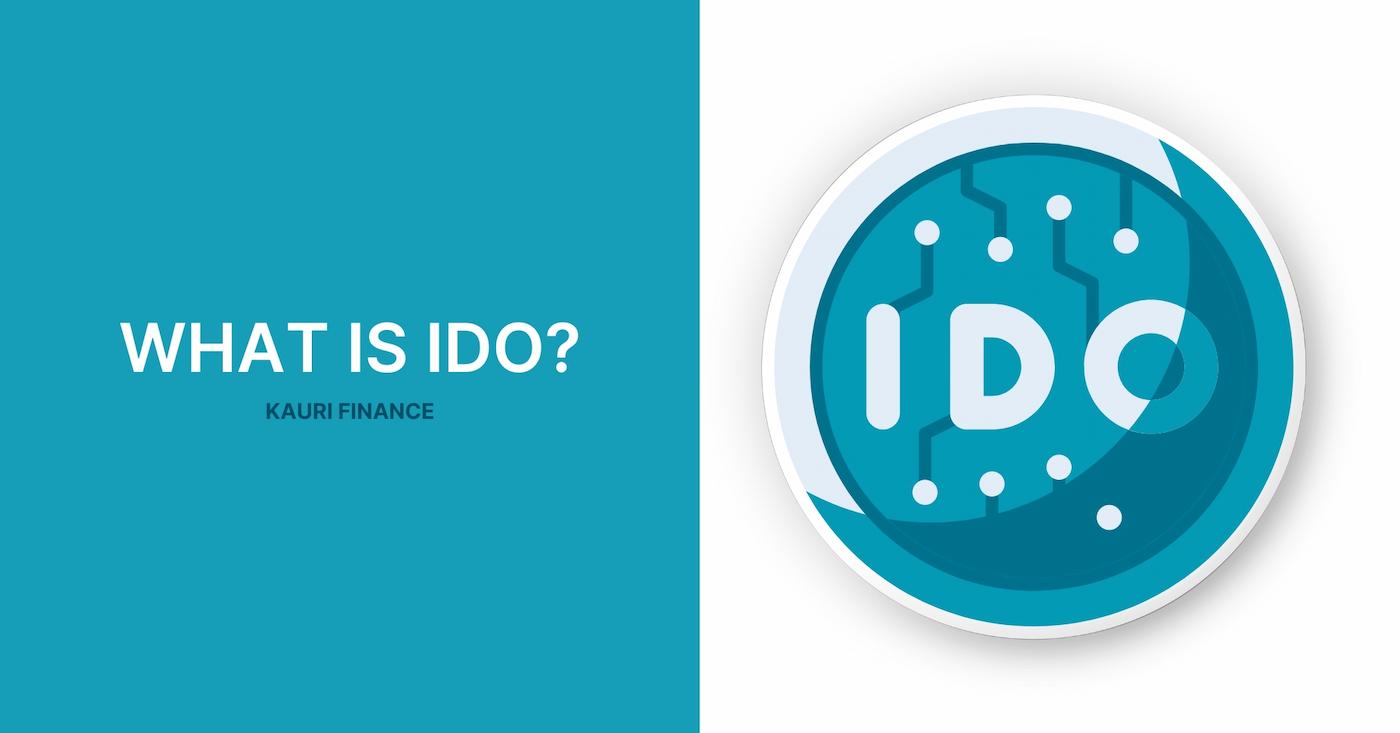
What is IDO?

Introduction to the world of Initial DEX Offerings (IDO) opens a new chapter in blockchain-based project financing. IDO is an innovative fundraising method that relies on decentralized exchanges to raise capital, bypassing traditional mechanisms and creating new opportunities for developers and investors.
This funding method grew out of a desire to address the limitations and shortcomings of previous models such as ICO (Initial Coin Offerings), STO (Security Token Offerings) and IEO (Initial Exchange Offerings), offering a more transparent, accessible and efficient way to launch new cryptocurrency projects. Under IDOs, projects can directly offer their tokens or coins to a wide audience of investors, using liquid pools of decentralized exchanges to provide instant trading and accessibility.
What Is an Initial DEX Offering (IDO)?
Initial DEX Offering (IDO) is the newest method of fundraising for cryptocurrency projects that takes place on a decentralized exchange (DEX). Unlike traditional ICOs (Initial Coin Offerings), STOs (Security Token Offerings) and IEOs (Initial Exchange Offerings), IDO offers a more decentralized and transparent approach to funding, allowing projects to interact directly with investors and the public.
The key to IDO is the use of liquid pools on decentralized exchanges to distribute project tokens. This not only simplifies the process of selling tokens, but also provides immediate liquidity, allowing investors to instantly trade new tokens on the market.
Historically, IDOs have emerged as a reaction to the limitations and shortcomings associated with ICOs, STOs, and IEOs. While ICOs were pioneers in fundraising via blockchain, they often faced challenges in terms of security, regulation and trust. STOs offered a solution from a regulatory perspective, but were limited in availability. IEOs conducted on centralized exchanges provided additional security and regulatory safeguards, but exposed projects to exchange policies and high fees.
IDO – Better Crypto Fundraising Model?
IDOs offer an alternative and potentially more efficient method of fundraising for cryptocurrency projects compared to more traditional approaches such as ICOs, STOs and IEOs. The main advantage of IDOs is their ability to provide immediate liquidity and trading of project tokens through integration with decentralized exchanges. This not only speeds up the fundraising process, but also gives investors more flexibility and control over their investments.
Unlike ICOs, where tokens may not have immediate liquidity and are at high risk of impairment, IDOs allow investors to trade new tokens on the market almost instantly. Additionally, the decentralized nature of IDOs fosters a more transparent and fair funding environment where projects can interact directly with potential investors without having to rely on centralized exchanges and their limitations.
However, despite these benefits, IDOs also present certain risks and challenges. For example, the lack of centralized control may increase the potential for fraud and other types of abuse. In addition, the high volatility of cryptocurrency markets may lead to sharp fluctuations in the price of new tokens, creating additional risks for investors.
Successful Projects Launched From IDOs
Let's take a look at successful projects launched through IDOs and analyze what made these IDOs successful as well as their impact on project development:
Raven Protocol:
- Description: Raven Protocol is a decentralized and distributed protocol for training deep neural networks. It aims to provide more affordable and faster solutions utilizing blockchain to transform the artificial intelligence and machine learning industries.
- Reasons for success: The success of IDO Raven Protocol was due to the uniqueness of the proposed solution and its relevance to the AI and machine learning industry. The system of rewarding participants for providing computing power using the RAVEN token also added to the project's appeal.
Universal Market Access (UMA) Protocol:
- Description: UMA is a protocol that allows DeFi developers to create synthetic assets on Ethereum. These are tokens backed by collaterals whose value can change.
- Reasons for success: Despite initial difficulties with IDO, UMA quickly gained popularity due to the innovative idea of creating synthetic assets and community support. The transparent starting price mechanism and liquidity provision through Uniswap played a key role in its success.
SushiSwap:
- Description: SushiSwap is an Ethereum-based decentralized cryptocurrency exchange that aims to replace Uniswap as the most popular decentralized exchange on Ethereum.
- Reasons for success: Uniswap's unique strategy of rewarding Uniswap's liquidity providers through staking their LP tokens on the SushiSwap platform with payment in SUSHI tokens has caught the attention of the community. The mass migration of assets from Uniswap to SushiSwap proved the effectiveness and attractiveness of the model.
Why Do We Need IDOs?
IDOs (Initial DEX Offering) are an innovative fundraising method in the cryptocurrency world that aims to solve a number of problems associated with traditional funding methods such as ICOs (Initial Coin Offering) and IEOs (Initial Exchange Offering).
- Centralization of financing: Traditional methods often depend on centralized exchanges and intermediaries, which entails risks and constraints for projects and investors. IDOs offer a decentralized alternative, reducing dependence on centralized bodies.
- Accessibility: Smaller projects often find it difficult to raise capital through traditional methods due to high requirements and costs. IDOs facilitate access to funding for a wide range of projects by simplifying the fundraising process.
- Slow access to liquidity: ICOs and IEOs can cause delays in providing liquidity to projects and investors. IDOs allow projects to access liquidity and funds faster, reducing wait times and accelerating development.
The role of IDOs:
- Promoting decentralization: IDOs support the fundamental principle of cryptocurrencies and blockchain - decentralization. They provide an environment where projects can raise funds directly from the community without intermediaries, which builds trust and transparency.
- Improved liquidity: Providing instant liquidity through decentralized exchanges (DEX) is a key benefit of IDO. It allows participants to realize and exchange their tokens faster, increasing overall liquidity in the DeFi ecosystem.
- Improved accessibility for smaller projects: IDOs open doors for innovative ideas and startups, making it easier for them to access a global pool of investors. This creates a favorable environment for diversity and growth in the crypto space, allowing smaller projects to compete on a level playing field.
Conclusion
IDOs have already played a key role in the development of the DeFi and crypto funding ecosystem by offering a more democratic and accessible approach to fundraising. However, their potential has yet to be fully realized.
The IDO model may continue to evolve, offering even more innovative solutions for funding projects on blockchain. We may see the development of new standards and practices that will make IDOs an even more attractive and secure way for startups to raise capital.
Kauri Finance, active in the DeFi space, is committed to supporting and growing the IDO ecosystem by providing tools and resources for safe and effective participation in these programs.
